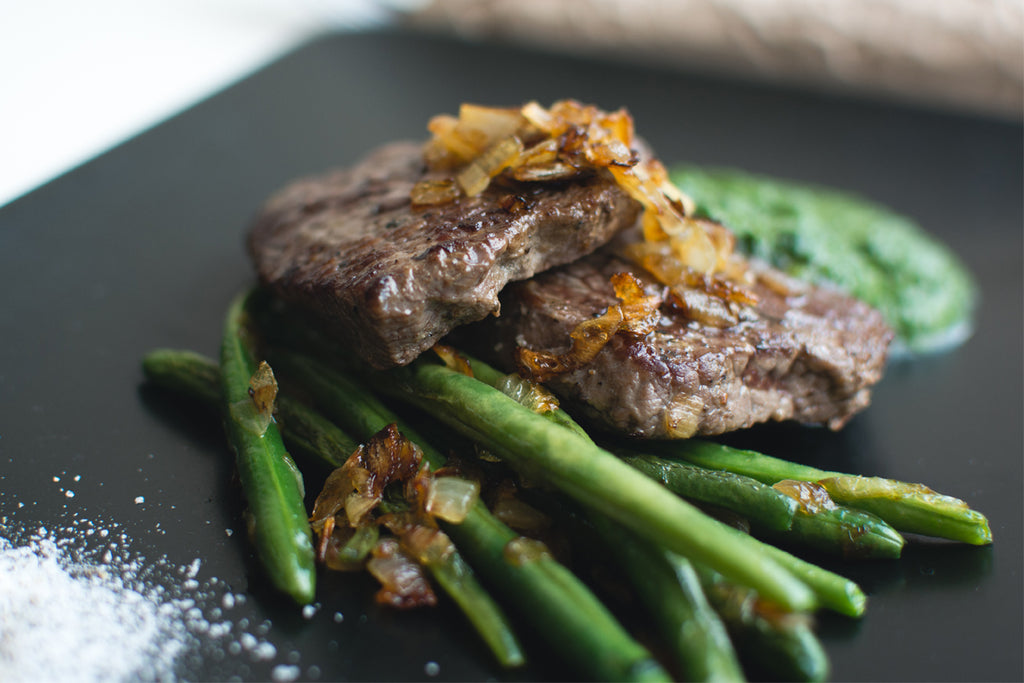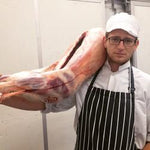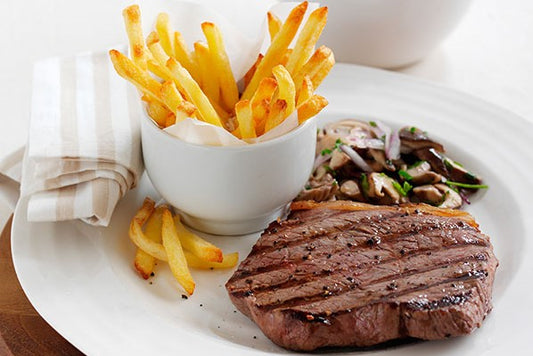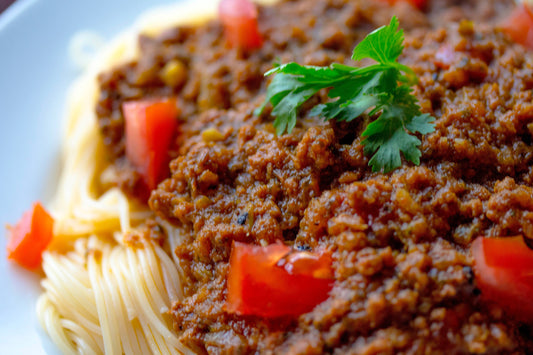Is there anything better than a Sunday dinner with roast beef and crispy Yorkshire puddings? It has to be one of the greatest ever meals and it's always one that reminds me of home, especially the smell of it through the house as it's cooking away in the oven. The true aroma of a Sunday afternoon. So, whether you're cooking a joint for a Sunday roast, or your roasting something for a hot beef sandwich, look no further, we've got the cooking info you need.
Choose Your Joint
First thing's first, if you're looking for something special, or you like your beef rare, you're going to want to be roasting a fillet, sirloin joint, rib roast, or even a topside of beef. These are parts of the animal that have done less work, meaning they yield much more tender joints that can cope with shorter cooking times.
If you prefer your beef anywhere from medium to well then you'll ideally want a silverside. A silverside has done a bit more work that a sirloin, rib, or topside, and so will be able to cope with a longer cook without falling apart. I have to say, a medium-well silverside is my personal favourite for a roast dinner.
If you like your beef well done, or even slow roasted, what you really need to be roasting is something like a brisket, or even a chuck roast. These parts of the animal have done a lot of work, and contain a bit more fat, which means they can cope with a longer cook without drying out or falling apart.
If you slow cook your beef, or even cook it overnight, please don't use a fillet, sirloin, rib of beef, or a topside, or even a silverside, it's just a waste. You'll end up with dry meat that you can't even slice because it just falls apart. Is there anything more mother-in-law than that?
Preparation
Always fetch your joints out of the fridge up to an hour before cooking to allow them to come up to room temperature. Throwing a cold beef joint straight into a hot oven can result in seriously uneven cooking and the loss of those delicious beef juices. We certainly do not want that.
Also, it's good to season your beef generously with salt (preferably sea salt) and freshly ground black pepper, but please do it right before you beef goes in the oven. If you leave the salt on for more than a couple of minutes before cooking, the salt will start to draw moisture out of the beef, that is not what we want.
Cooking
Preheat your oven to the correct temperature and place your joint in a large roasting dish. There's no need to cover your beef, either with a lid or foil, as this will prevent you from getting that tasty nice crust on the outside of the meat.
| Joint | Cooking | Temperature | Time |
|---|---|---|---|
|
Beef roasting joint |
Oven Roast | Gas mark 4 / 180C / 160C fan |
rare: 20 mins per 500g plus 20 mins (ideal internal temperature of approximately 60C); medium: 25 mins per 500g plus 25 mins (ideal internal temperature of 70C); well done: 30 mins per 500g plus 30 mins (ideal internal temperature of approximately 80C) |
Let It Rest
Always allow your beef to rest for around 10-20 minutes, depending on the size of the joint. Resting will allow the meat to relax and the juices in the centre of the meat to redistribute throughout the whole joint.
One Last Thing
So there we are, only one last thing to do before you serve your perfectly cooked beef; dip a slice of white bread in the beef dripping and gobble it down while no ones looking. That's the true perks of being the chef.









1 comment
Thanks for the top tips
My first time cooking roast beef
Regards
Hugh